Table of Contents
Fishing in Texas
Fishing in Texas is a diverse and rewarding experience, with a variety of lakes, rivers, and coastal waters offering ample opportunities for anglers of all skill levels. From the famous largemouth bass to the sought-after red drum, Texas waters are home to a wide range of fish species.
Different types of water bodies, such as freshwater lakes, brackish estuaries, and saltwater bays, provide unique fishing environments that require specific techniques and gear. Texas also boasts a rich fishing culture, with numerous tournaments, fishing communities, and expert guides available to help you make the most of your fishing experience.
Whether you’re looking for a relaxing day of fishing or a challenging sport fishing adventure, Texas has something to offer.
Top Texas Lakes for Fishing
As a fishing enthusiast, I’ve had the pleasure of exploring some of the most magnificent lakes in Texas. We’ll explore the top fishing lakes in the Lone Star State and what makes them stand out.
1. Lake Fork
Situated east of Dallas, Lake Fork is a mecca for anglers pursuing trophy-sized largemouth bass. The lake's intricate underwater structures, including timber, brush, and creek channels, create ideal habitats for bass to thrive.
2. Lake Texoma
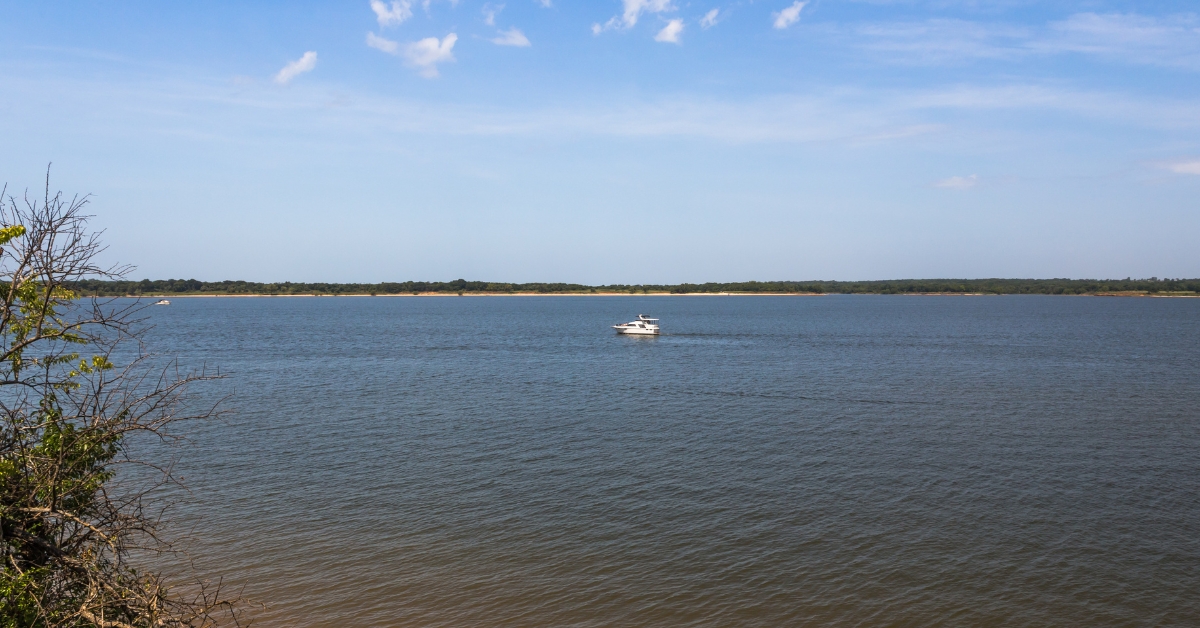
Lake Texoma
Known for its abundant striped bass and catfish populations, Lake Texoma is a prime location for anglers. The rocky shoreline and submerged islands provide perfect fishing spots for anglers.
3. Lake Conroe
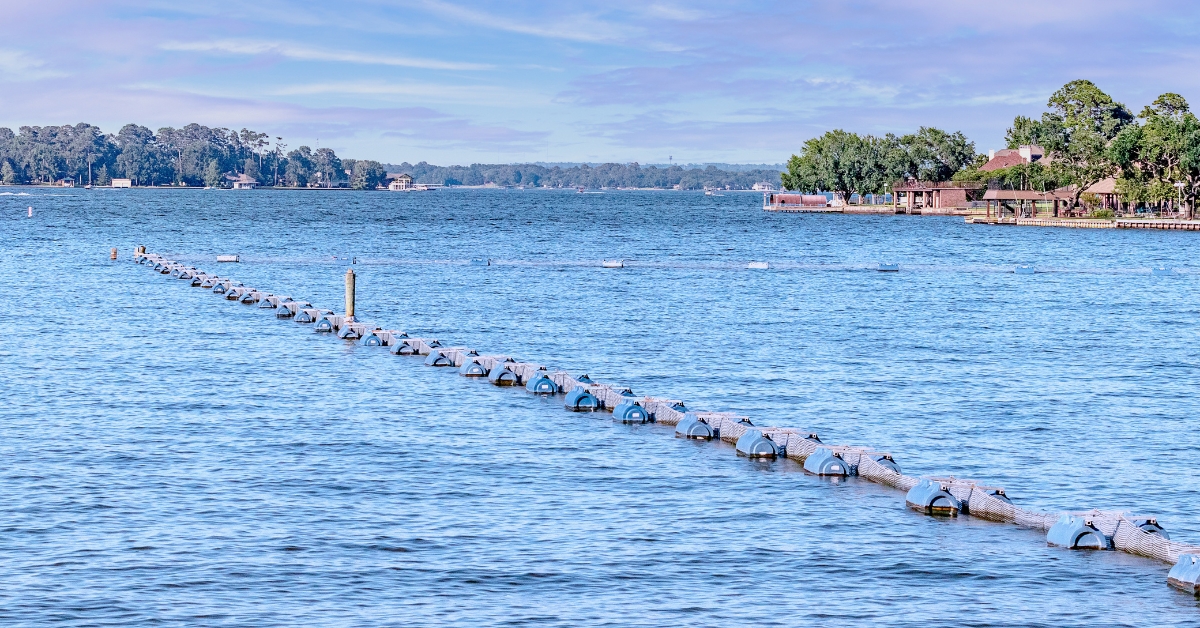
Lake Conroe
Just a short drive north of Houston, Lake Conroe is a haven for catfish enthusiasts. Here, you have the opportunity to catch channel catfish or even a trophy-sized blue catfish amidst stunning scenery.
4. Caddo Lake
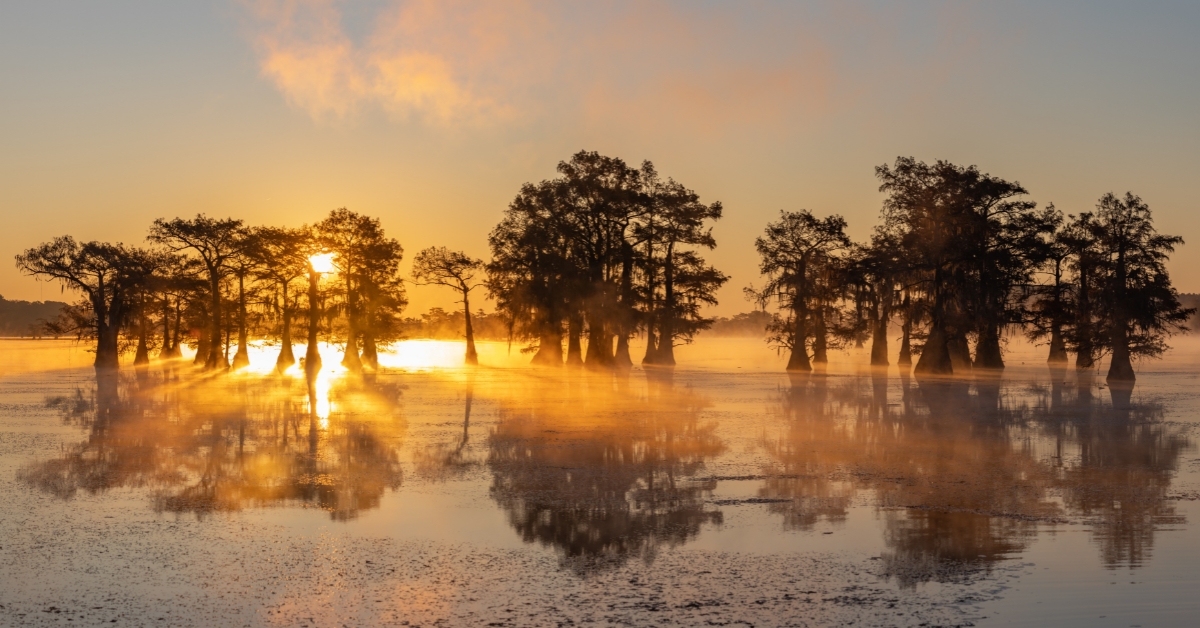
Caddo Lake
As the only natural lake in Texas, Caddo Lake is unique in its beauty and variety of fish species. Anglers can expect to catch everything from largemouth bass to sunfish, white bass, and crappie in this cypress-swamp environment.
5. Ivie Lake, Toledo Bend Reservoir, and Falcon Lake

Toledo Bend Reservoir
These are among the best bass fishing lakes renowned for their excellent largemouth bass fishing opportunities, attracting anglers from all over the region.
6. Lake Amistad
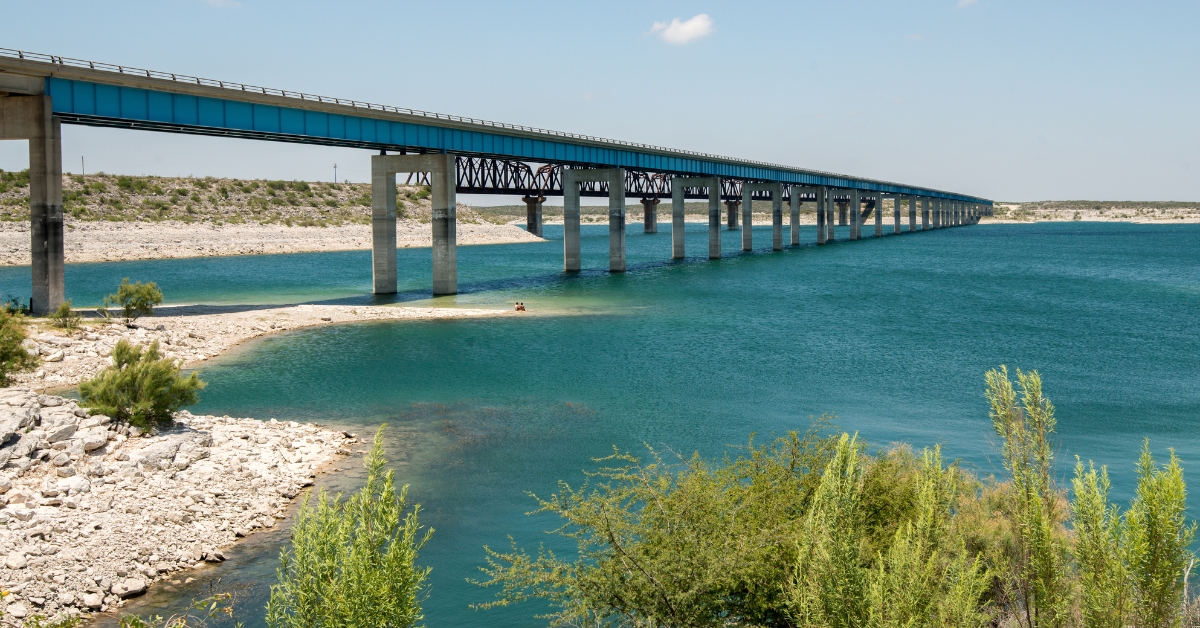
Lake Amistad
Situated on the Texas-Mexico border, Lake Amistad is famous for its crystal-clear waters and diverse fish population, offering a unique fishing experience.
7. Lake Buchanan
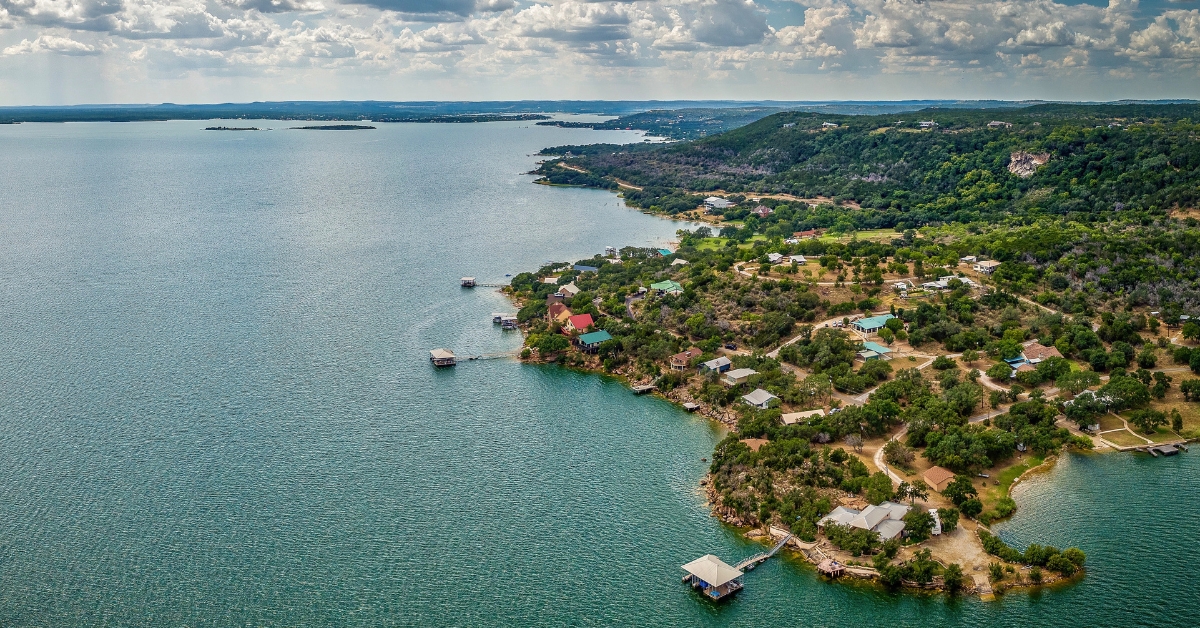
Lake Buchanan
Northwest of Austin, Lake Buchanan is a year-round fishing hotspot. The lake's underwater structures provide ideal spawning grounds for bass, making it a favorite among anglers.
8. Lake Palestine
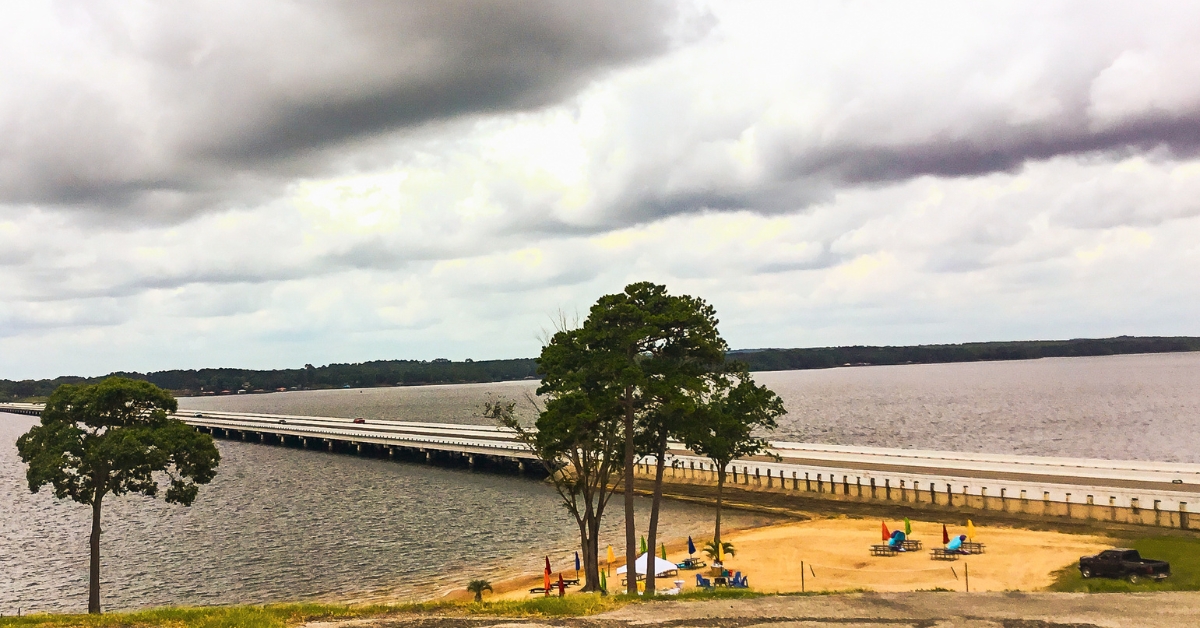
Lake Palestine
Lake Palestine is an excellent destination for anglers aiming to catch largemouth bass, catfish, and crappie. With various fish habitats and ample water coverage, it offers a rich fishing experience.
9. Lake Travis
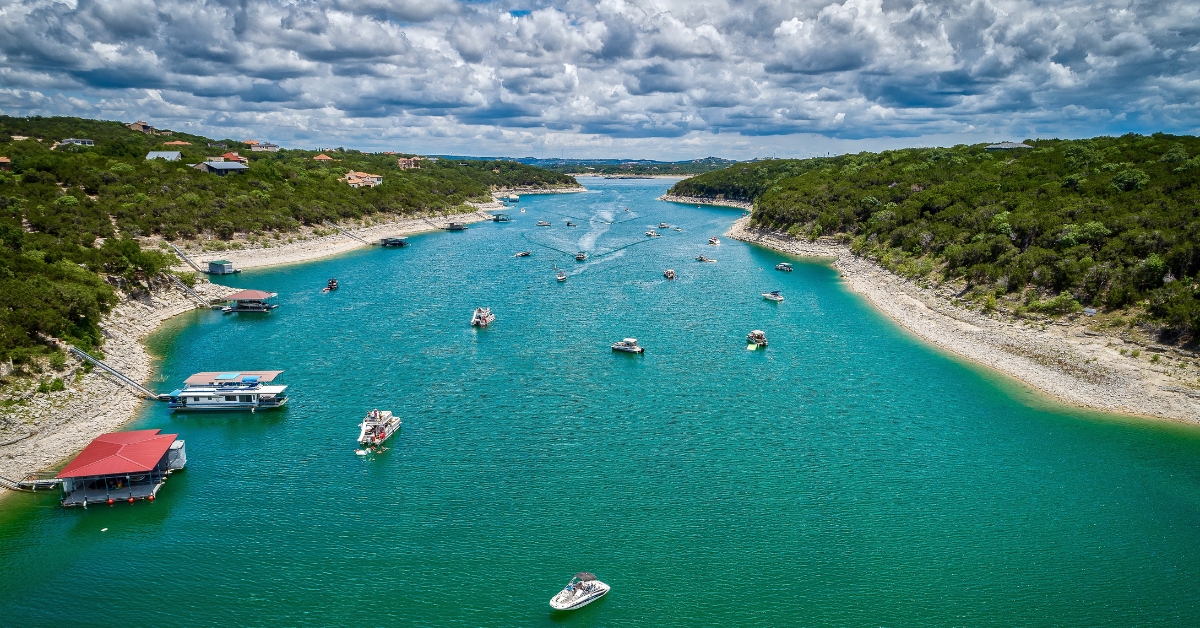
Lake Travis
Located near Austin, Lake Travis is a scenic lake renowned for its largemouth and Guadalupe bass fishing. The clear waters and beautiful surroundings add to the allure, making it a popular spot for both locals and tourists alike.
Fishing Species in Texas
Texas is home to a diverse range of fish species, such as largemouth bass, smallmouth bass, striped bass, trophy largemouth bass, white bass, flathead catfish, channel catfish, rainbow trout, and yellow bass, which makes it a paradise for bass anglers and fishing enthusiasts alike. Watch this video and learn about the multi-fish species in Texas.
One particular favorite of anglers in Texas is the largemouth bass, often found in Lake Fork. This lake boasts some of the best bass fishing, not only because of its impressive size but also due to the abundance of trophy-sized bass waiting to be caught.
If you're looking to try your hand at smallmouth bass, you'll also want to check out Caddo Lake, which is known for its diverse array of fish species.
White bass and stripers can often be found in Lake Texoma, while catfish enthusiasts have much luck in Lake Conroe. Flathead catfish can be found in various Texas rivers and even some lakes as well, providing more opportunities to land these tasty fish.
Lastly, if you're interested in catching a rainbow trout or yellow bass, there are several locations throughout the state where you'll be fortunate enough to find them. In the cooler months, rainbow trout can be caught in many rivers and lakes that are stocked by the Texas Parks and Wildlife Department.
So, as you embark on your fishing adventures in Texas, remember that the state offers a wide range of fish species for you to reel in. Try your luck at capturing that trophy largemouth bass or explore the diverse species found in the natural beauty of Caddo Lake.
Prime Fishing Spots and Amenities
I recently went on an adventure to explore the best fishing lakes in Texas, and I can confidently say that I discovered some truly amazing spots.
I'll share my findings on the prime fishing spots and amenities available for an unforgettable fishing experience. I found that the lakes, as mentioned earlier, offer a good mix of amenities, such as boat docks, standing timber, boat ramps, and fishing piers, making them ideal for any angler's needs.
To give you a better understanding, I’ve prepared a table that showcases the prime fishing spots and amenities available at these prime East Texas lakes:
Fishing Regulations and Environment
As a fishing enthusiast, I know that understanding the regulations and the environment plays a crucial role in having a successful fishing experience.
Texas Fishing Regulations are governed by the Texas Parks and Wildlife Department, ensuring sustainable fishing practices. Different regulations apply for various bodies of water, types of fish, and gear restrictions to maintain a harmonious ecosystem and prevent overfishing. For example, you don’t need a license to fish in some state parks, as explained in this video.
The Army Corps of Engineers also plays a significant role in managing some of Texas’ major fishing lakes. They maintain the dams, control water levels, and manage the infrastructure. The wildlife in Texas, such as birds, mammals, and reptiles, contributes to the ecosystem of these water bodies.
So, when planning your next fishing trip to Texas, it's important to consider the environment and follow the regulations set by the Texas Parks and Wildlife Department. This will lead to a better angling experience and contribute to the sustainability of Texas’ diverse aquatic ecosystems.
Fishing Tips and Techniques
When you're fishing in the beautiful lakes of Texas, there are a few key tips and techniques I've picked up over the years that could make your trip a success.
Firstly, understanding the lake's environment is crucial. Each lake has its own unique habitat, and knowing where the fish are likely to be based on that habitat is key. Look for structures like rocks, fallen trees, or changes in the water depth, as these are areas where fish are likely to be hiding.
Secondly, the time of day can greatly affect your fishing success. Early morning and late evening are often the best times to fish, as this is when fish are most active.
Another vital tip is to use the right bait and lures. Research what types of food the fish in the lake are most attracted to and use bait that mimics this. Using the wrong bait can make your fishing trip a lot harder.
In addition, be patient and observant. Fishing requires a lot of patience, so don't be discouraged if you don't catch something immediately. Pay attention to what's happening around you and adapt your strategy accordingly.
Lastly, always be respectful of the environment and other anglers. Follow the rules and regulations of the lake, and always clean up after yourself. Remember, we all share this beautiful resource, and it's up to us to protect it for future generations.
Fishing Gear for Texas Waters
When fishing in the beautiful lakes of Texas, having the right gear is key to a successful outing. The diverse range of fish species available, along with the varying lake conditions, requires a thoughtful approach to your equipment. Some fishing equipment required for Texas waters include the following:
Rods and Reels
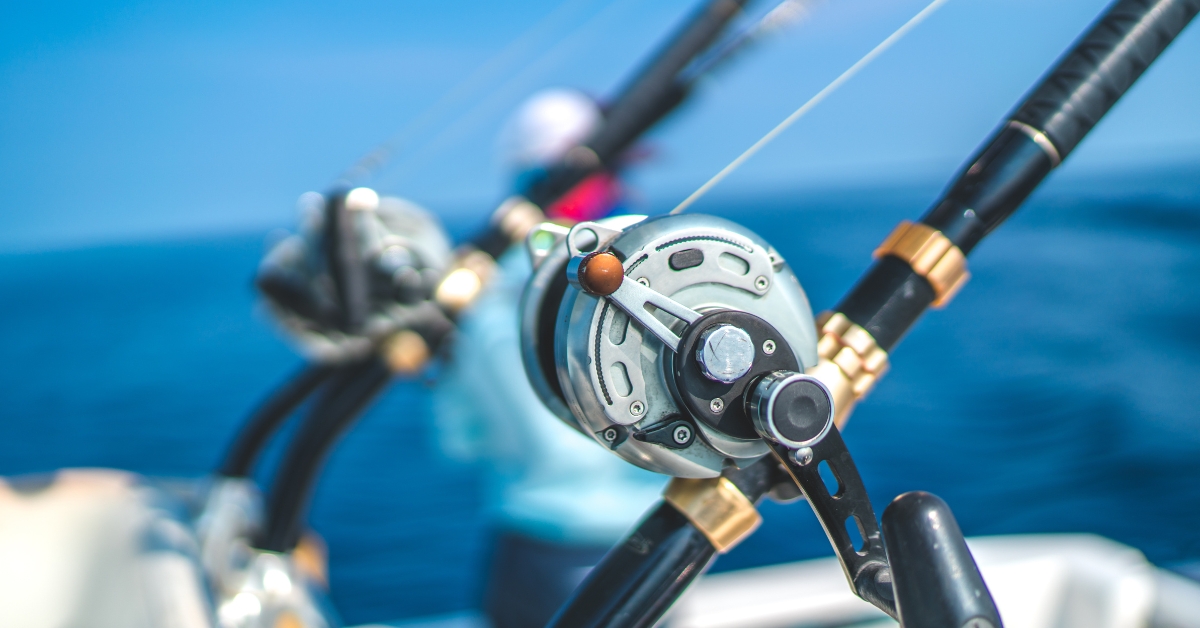
Rods and Reels
The choice of your rod and reel will largely depend on the type of fish you are targeting. For largemouth bass, a medium-heavy rod paired with a baitcasting reel is ideal.
If you are targeting catfish, a heavy-duty rod and reel combo is preferred. Generally, a good quality, versatile rod and reel will serve you well in Texas waters.
Fishing Line
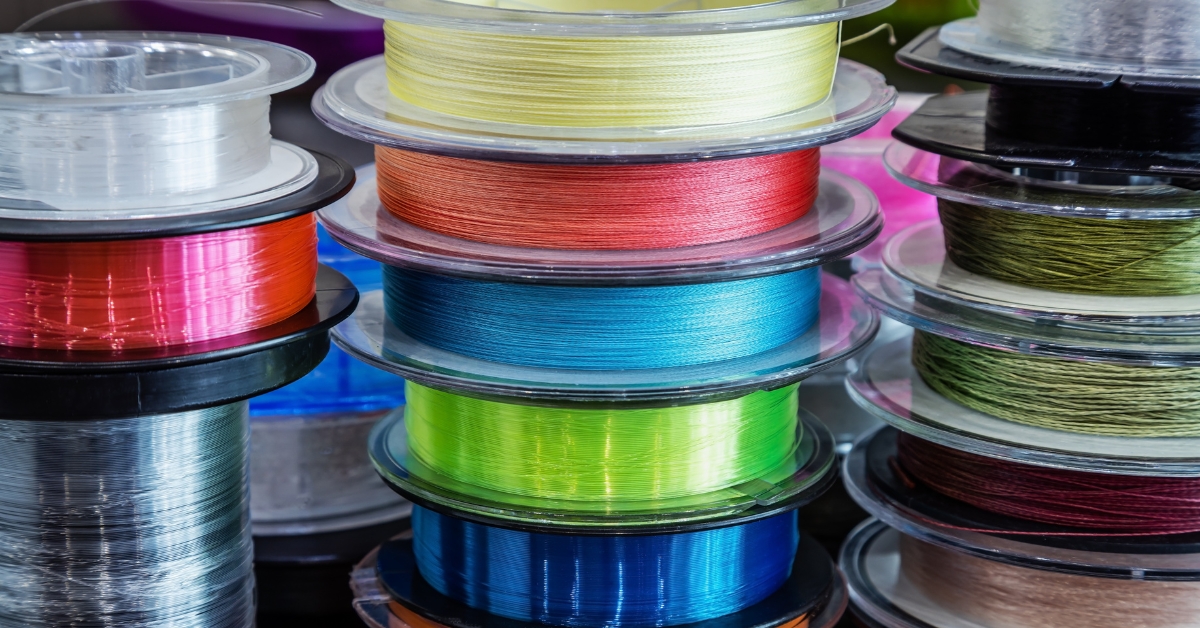
Fishing Line
The type of line you use is also crucial. Braided lines are popular for their strength and durability, making them a great choice for fishing in areas with heavy cover. Monofilament lines are more versatile and work well for a variety of fishing conditions.
Tackle
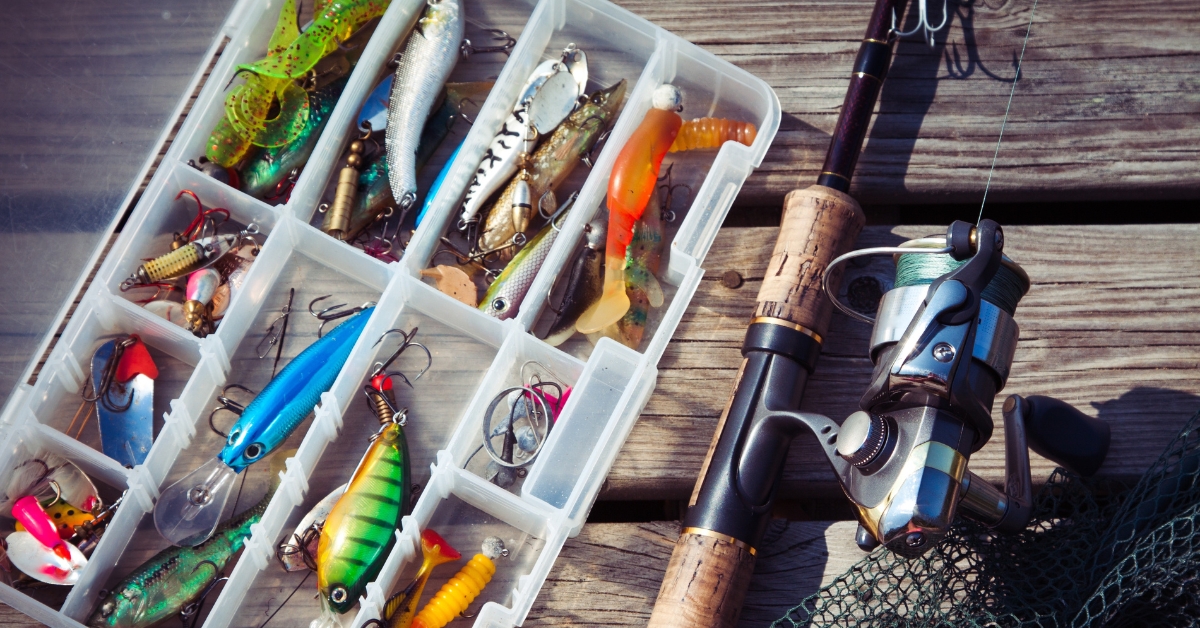
Tackle
The right tackle is essential for luring in your desired catch. Soft plastics, crankbaits, and spinnerbaits are all popular choices for bass fishing. For catfish, live bait such as shad or cut bait is often used. When fishing for crappie, small jigs and minnows are commonly used.
Lures

Lures
The type of lure you choose should match the fish you are targeting and the conditions of the lake. Brightly colored lures are effective on sunny days, while darker lures are better for overcast days or murky waters.
When and How to Fish
In my experience, the best time for a fishing trip in Texas is during the early spring when water temperatures begin to rise. As the season progresses, fish start moving to shallow water, making them more accessible for anglers.
I've found that during this time, fish are more active and feeding more frequently, which increases the chances of a successful catch.
Fishing during the early spring is highly recommended due to the increased fish activity. However, it's important to be aware of the varying conditions that can affect the behavior of fish, such as water temperature, weather patterns, and lunar phases. Familiarizing yourself with these factors can help you better plan for success on the water.
You can enhance your fishing trip by employing different techniques depending on the type of fish you're targeting and the specific conditions. Whether fishing from a boat or the shoreline, using the right combination of lures, bait, and tackle can make a big difference in your experience.
Additionally, understanding the unique characteristics of each fishing lake in Texas will give you a better idea of which techniques work best in each location.
Economic Impact of Fishing on Texas Communities
Fishing plays a pivotal role in boosting the local economies of Texas communities. The recreational activity, enjoyed by both locals and tourists alike, contributes significantly to the state's revenue.
Every year, Texas lakes attract thousands of anglers from across the country. The money spent on fishing licenses, gear, and equipment contributes to the local economy. These expenditures, in turn, help support local businesses, such as bait shops, fishing tour operators, and local retailers.
Moreover, fishing tournaments and competitions held at Texas lakes are a major draw for tourists and professional anglers. These events often have significant cash prizes and generate revenue for local businesses through lodging, food, and other tourism-related activities.
The economic impact of fishing also extends to job creation. From tour guides and boat rental services to bait shop employees and fishing instructors, many individuals in Texas communities rely on the fishing industry for their livelihoods.
Recent Articles
















